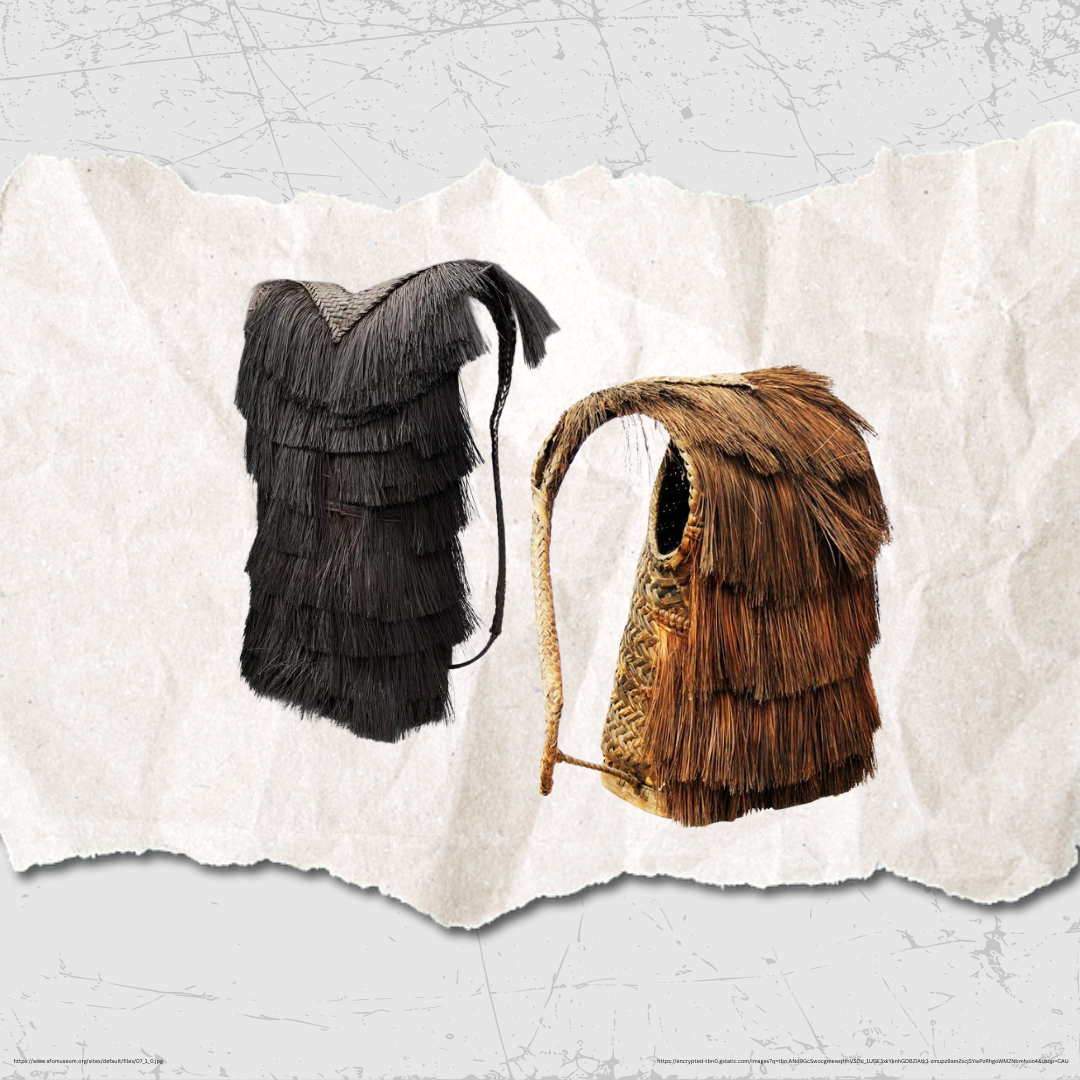
Backpacks, we have all seen one and used one at least during one phase of our lives or the other. It’s a staple bag that students use and comes in numerous forms to fit any lifestyle. Yet, have you ever stopped and considered, when humans have begun using this nifty bag to carry our personal belongings for everyday travel and adventures?
Let’s take a quick look at how our well-loved backpacks were made and evolved through history.

Did you know the first backpack is over a thousand years old? In 3300 BC, Otiz the Iceman carried what was presumably the very first backpack. His mummified body and belongings were found within thick glaciers in 1991, but he became the first recorded history of people using bags to carry their belongings. Aside from this ancient history, backpacks were formally used during the American Civil War in 1870 to carry supplies on the battlefield. These makeshift bags were made from bindles and canvas bags tied on sticks.
Over the centuries, the backpack’s material changed to reinforce the sturdiness of the bag, to make it easier to bring or protect items within from getting wet or damaged. As such, it was only in 1938 that Gerry Cunningham invented the first zippered backpack. These bags were marketed and used by hikers, and campers to bring their gear and utilities in rugged terrains. And it was also between the 1930s and ‘60s that backpacks were designed as school bags in Western countries.

It was only in 1952 that the very first modern backpack was designed by the then-dubbed “Henry Ford of Backpacking”, Dick Kelty’s background in serving the Navy as an aircraft engineer brought the idea of designing a backpack that served the purpose of carrying his belongings more comfortably while ensuring that it is durable to fit his active outdoor life.
With the help of his wife, Nena, to stitch the backpack using the leftover military parachute parachute material for the body of the backpack, and wool for the padded backpack straps, together, they designed and established the very first modern backpack brand. While their initial product launch sold only 30 pieces, Dick Kelty’s backpack design went above and beyond the traditional backpacks during his time.
When the early stages of the backpack industry were focused on standard wood and canvas as backpack materials, Dick Kelty used stronger and lighter materials such as nylon and aluminum to reinforce the backpack’s durability and added shoulder pads and an adjustable waist belt to make it easier to bring the backpack for long treks in the mountains or travel.

The Pasiking backpack is made from woven strips of rattan and bamboo with a removable lid that protects the contents of the bag from the weather. It is a type of hunting bag that’s common among ethnic groups of Cordillera, but also slightly associated with another indigenous group, the Ifugaos.
Did you also know that these woven backpacks even act as raincoats for hunters? Some Pasiking backpacks that were traditionally woven for long excursions include an outer layer of “water-proof” covering made from the extracted long leaves of pineapple plants. These backpacks are also lightweight and durable, making it easier for hunters to bring their equipment and supplies.

While times have greatly changed, and the backpack remains the most versatile and convenient bag that can fit into any lifestyle, it has come a long way from being a trusted companion for outdoor adventures to being a means to lighten the load you carry to school, work, or even out of town trips.
Just like the original purpose of the backpacks, they are made with resilient material that can withstand harsh weather or is durable enough to hold many objects through the years. But if you’re searching for the best locally made backpack that’s a blend of Filipino culture and modern streetwear, Legazy Street has the best picks for Filipinos.
Crafted by hardworking artisans from Bulacan, our Pasan 1.0 and Pasan 2.0 Baybayin Backpacks are your trusted companions for commuting, traveling, or even any rugged outdoor activity.
Each Baybayin Backpack is made with premium vegan leather and lightweight water-resistant fabric making it the ideal all-around backpack for daily use. There are even multiple colors of backpacks to choose from in Legazy’s wide collection. Unlike other backpacks in Metro Manila, Legazy’s Baybayin Backpacks come with intricate Baybayin writing details on the straps and even on the vegan leather hand straps.
Plus to maximize the amount of items you can carry, the Pasan 2.0 has multiple deep pockets where you can organize your personal belongings with ease. There’s even a side pocket for your water tumbler that you can secure with the lock strap.
So if you’re looking for a great backpack that has a unique way of honoring our Filipino culture, check out Legazy Street’s Pasan 1.0 and Pasan 2.0 collections today, and you can even score incredible discounts and promos for your purchase if you send us a message on chat or follow our official Social Media channels to be first in getting great deals for your order.








